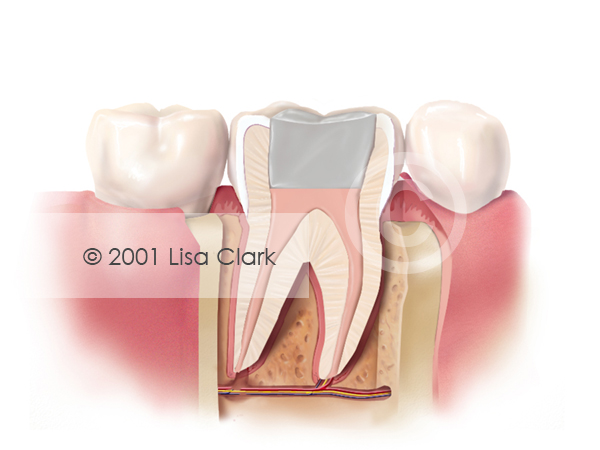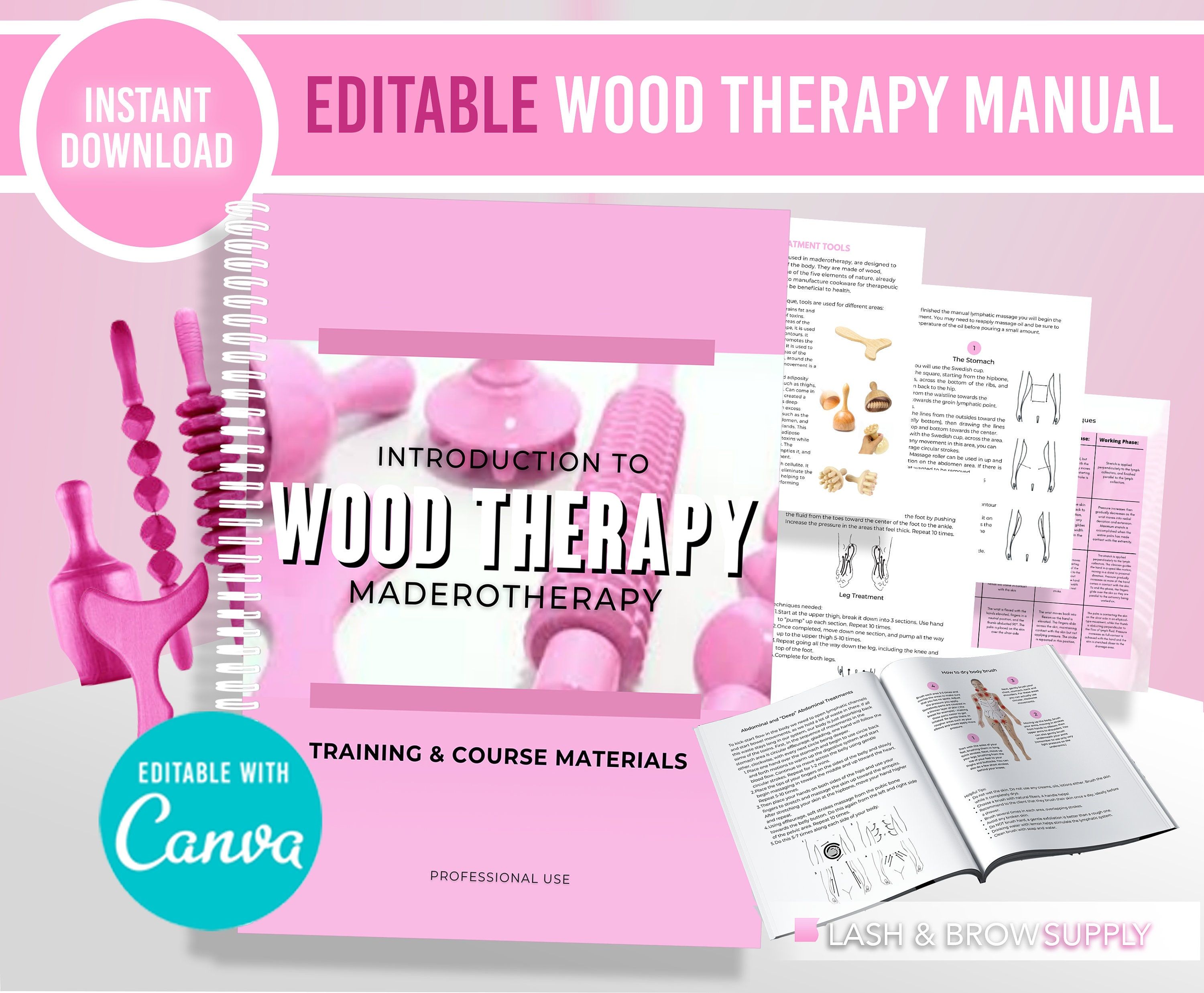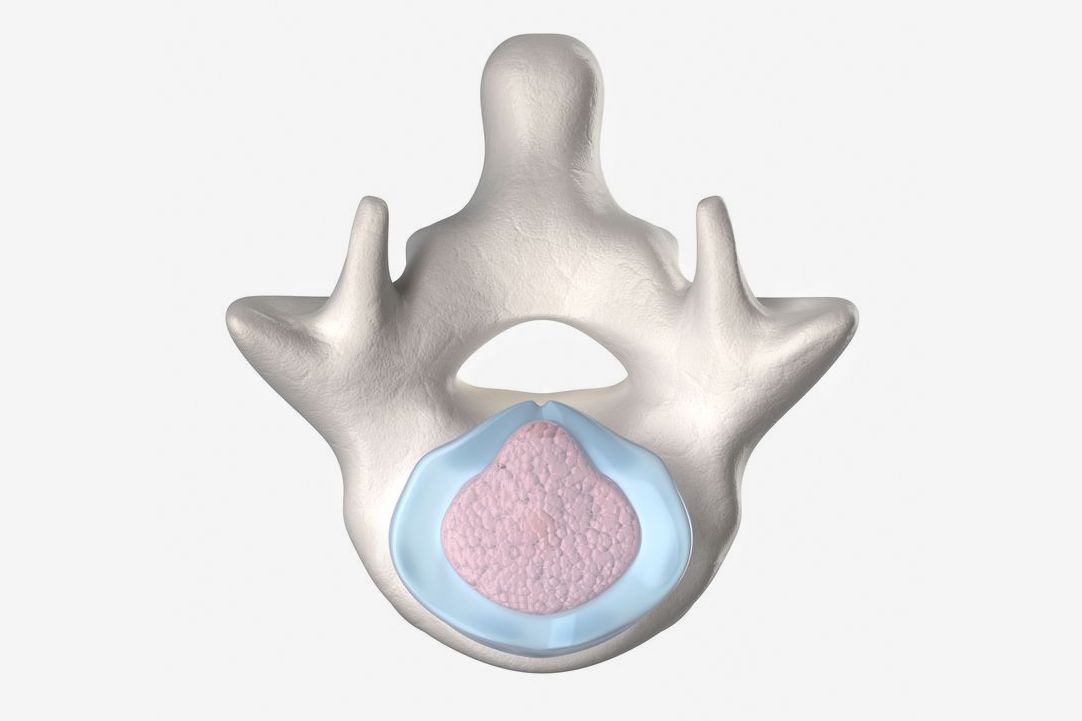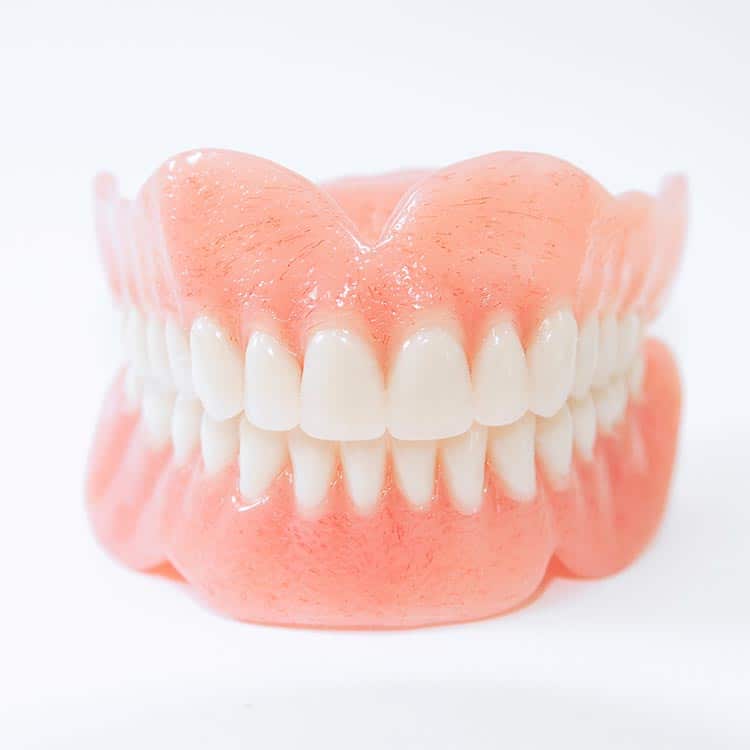What Is Root Canal Filling Material? Best Options

Root canal filling materials are substances used to fill and seal the root canal of a tooth after it has been cleaned and shaped during a root canal procedure. The primary purpose of these materials is to prevent bacterial infiltration and reinfection of the tooth, ensuring the long-term success of the endodontic treatment. Over the years, various materials have been developed, each with its own advantages, disadvantages, and indications.
Introduction to Root Canal Filling Materials
The choice of root canal filling material is crucial for the outcome of the treatment. Ideally, the material should be biocompatible, non-toxic, and capable of sealing the canal effectively to prevent reinfection. It should also be easy to handle and insert into the canal. The selection of the filling material can depend on several factors, including the tooth’s location, the extent of the root canal system, and the patient’s specific needs.
Common Types of Root Canal Filling Materials
Gutta-Percha: This is the most commonly used material for filling root canals. Gutta-percha is a natural latex derived from the sap of the gutta-percha tree. It is biocompatible, can be easily shaped to fit the canal, and provides a tight seal. Gutta-percha can be used in conjunction with a sealer to enhance the seal of the canal.
Resin-Based Materials: These are newer alternatives to gutta-percha and are used in conjunction with specific obturation techniques. They are made from synthetic materials and can bond to the tooth structure, potentially providing a stronger seal than gutta-percha. However, they can be more technique-sensitive and may require specialized equipment.
Silver Points: Historically, silver points were used as an alternative to gutta-percha. They are made of silver and were particularly used in cases where the canal was very narrow or irregularly shaped. However, due to the potential for corrosion, which can lead to discoloration and failure, their use has significantly declined.
Calcium Hydroxide: While not used as a sole filling material, calcium hydroxide is sometimes employed as an intermediate dressing between appointments in teeth with persistent infection or as a direct pulp capping material. Its high pH can help dissolve organic tissues and has antimicrobial properties.
MTA (Mineral Trioxide Aggregate) and Bioceramic Materials: These materials are used for repairing perforations, as direct pulp caps, and in some cases, as root-end filling materials during apicoectomy procedures. They have excellent biocompatibility and can promote the formation of a calcified barrier. Bioceramic materials, such as those used in some modern root canal sealers, have also shown promise in endodontic applications due to their bioactive properties and ability to promote healing.
Choosing the Best Option
The best root canal filling material for a patient depends on several factors, including the specific clinical situation, the dentist’s or endodontist’s preference and expertise, and the patient’s overall health and preferences. For most cases, gutta-percha remains the gold standard due to its well-documented success rate, ease of use, and biocompatibility. However, resin-based materials and bioceramic materials are gaining popularity due to their potential to provide a more durable and bioactive seal.
Future of Root Canal Filling Materials
Research into root canal filling materials continues to evolve, with a focus on developing materials that are not only effective at preventing reinfection but also promote healing and regeneration of the dental tissues. The use of nanomaterials, bioactive glasses, and other advanced biomaterials is being explored for their potential in endodontic applications. These advancements aim to improve the long-term outcomes of root canal treatments, reduce the need for retreatment, and enhance patient comfort and satisfaction.
Conclusion
The selection of root canal filling material is a critical step in the root canal treatment process. With various options available, each with its advantages and specific indications, the decision should be made based on the best available evidence and the individual needs of the patient. As research continues to advance, it is likely that even more effective and bioactive materials will become available, further improving the success rates of endodontic treatments.
FAQs
What is the purpose of a root canal filling material?
+The purpose of a root canal filling material is to fill and seal the root canal of a tooth after it has been cleaned and shaped, preventing bacterial infiltration and reinfection.
What are the common types of root canal filling materials?
+The most common types include gutta-percha, resin-based materials, silver points, calcium hydroxide, and bioceramic materials like MTA.
How is the best root canal filling material chosen for a patient?
+The choice depends on factors such as the specific clinical situation, the dentist's preference and expertise, and the patient's overall health and preferences.
What does the future hold for root canal filling materials?
+Research is focused on developing materials that not only prevent reinfection but also promote healing and regeneration of dental tissues, with advancements in nanomaterials and bioactive glasses.
Key Takeaways
- Root canal filling materials play a crucial role in the success of endodontic treatments.
- The choice of material should be based on the best available evidence and the individual needs of the patient.
- Gutta-percha remains the most commonly used material, but newer alternatives like resin-based and bioceramic materials are gaining popularity.
- Future research aims to develop materials that promote healing and regeneration of dental tissues.
By understanding the different options available for root canal filling materials and their characteristics, patients and dental professionals can make informed decisions to ensure the best possible outcomes for endodontic treatments.


